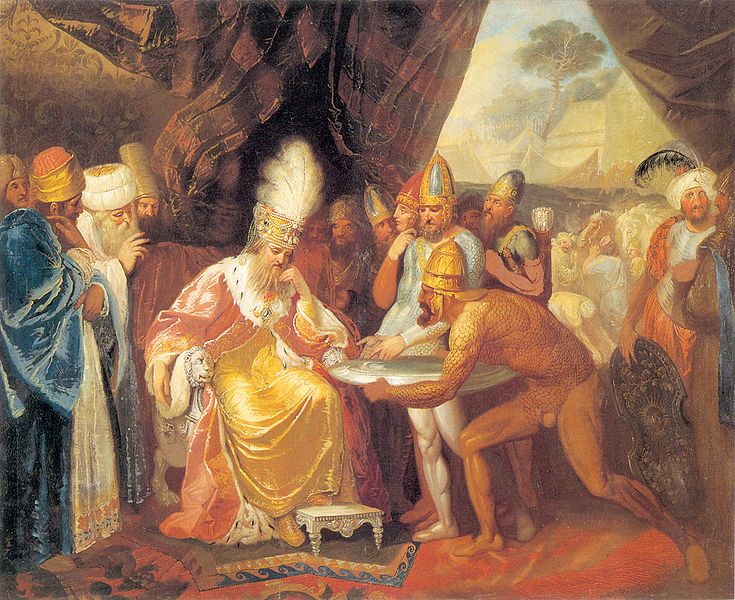As nations and cultures arose throughout the world they began to develop the means of communicating with each other. One form of communication was conquest. Another was trade. Communication between tribes, which became kingdoms, which became empires, was necessary though impeded by the increasing distances which separated the seats of rulers. Even the most critical of messages traveled at the speed of camels, or horses, or the elephants which carried emissaries. Messages carried by couriers were often at peril from the lawlessness prevalent in the isolated areas through which they must travel. The dangers of weather threatened communications between nations, as did piracy, treachery, and enemy nations.
As late as the nineteenth century communications between nations, and within them, were dependent on the poor roads traversed by horseback, or the waterways and seas. Wars which could have been averted were launched because diplomatic actions which resolved the issues involved could not be communicated to the contending powers in time. Similarly bloody battles distant from the sites of treaties ending wars were fought due to the news of peace not reaching the armies or ships involved. Increasing the speed of communication became crucial as nations and their armies became industrialized, and ingenious means of doing so evolved rapidly.

Here are some developments in the history of the art and science of communicating between nations.

The Cursus Publicus (The Public Way)
Established under the Emperor Augustus, and remaining in use for more than five centuries, the Cursus Publicus was the official communication and transportation system of the Roman Empire, connecting the capital with the furthest reaches in the provinces. The system was developed as a modified imitation of the system of communication used in the Persian Empire, which used a relay system transferring messages using a chain of couriers, the message being handed along between them. The Romans used a single messenger or group of messengers which traveled between stations where they changed horses, or carriages, with the messenger traveling the entire distance.
The system consisted of thousands of way stations scattered throughout the empire, at a distance of about one day’s ride from each other. Most were garrisoned with troops for the protection of magistrates or other officials traveling on the system, and all the stations were supplied with horses and draft animals. A courier or messenger carrying information to or from the Emperor would stop for the night at the stations, and continue his journey the following morning, refreshed and with a fresh mount. Officially use of the way stations required a license provided by the Emperor in the form of a certificate known as a diploma.
Magistrates, governors, and officers traveling to their posts or back to Rome used the system as well as the couriers, as authorized, but many abuses of the system by local authorities occurred since there was no official supervising authority. It was through the use of the Cursus Publicus that Vitellius was informed that the loyalty of the legions in Syria and Judea was his during the Year of the Four Emperors (69 AD). Since the arriving courier bearing the message had been the same man that left the region where the legions were stationed Vitellius had the opportunity of questioning him regarding conditions there, which would not have been possible had the message been delivered by the final member of a courier chain.
The use of a single courier made the method of communication slower than it would have been if the message were passed along between couriers, but the ability to question the courier was deemed more important to Augustus when he created the system. Besides being slower, the costs of maintaining the system were high, and were in some places assumed by villages which were at least nominally reimbursed by Rome. Late in the first century the cost of the entire system was absorbed by the Roman treasury. As the system matured messengers stopped at stations equipped with horses several times in the course of a day’s travel, and the repeatedly changed horses allowed him to travel at greater speeds.
Critical messages would be more likely to travel across the Mediterranean during the months when the weather was less threatening, otherwise they traveled along the Cursus Publicus at the rate of about fifty miles per day. Most of the system was canceled and the stations closed during the reign of Justinian in the Eastern Empire, other than the main road connecting the Empire with Persia. The Cursus Publicus was created to communicate with the far flung regions of the Empire and its allies, and evolved into a postal system by which people, packages, and even slaves were sent to their destinations, carrying with them news garnered along the way.

